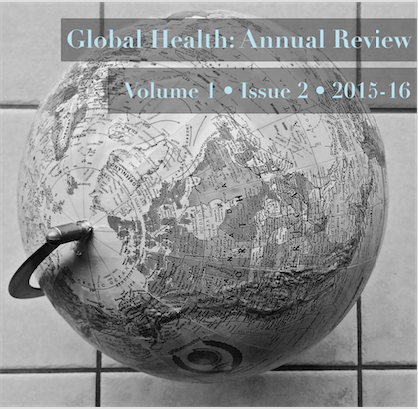An Overview of the Progress towards Achieving Global Polio Eradication
Abstract
Background:
Poliomyelitis is an infectious disease that causes irreversible paralysis in less than 1% of infected individuals.1 Since 1988, the Global Polio Eradication Initiative was able to achieve significant progress towards the interruption of polio transmission.2 However, the latest plan under Global Polio Eradication Initiative, known as the Polio Eradication and Endgame Strategic Plan, is still facing unprecedented challenges with the remaining cases in polio endemic countries. Such challenges are prominently faced in areas with regional instability and mass population displacements, resulting in polio outbreaks and re-importation due to low immunization coverage, and inadequate surveillance.3,4
Methods:
A comprehensive literature review was completed through different databases that included Global Health, Embase, Medline, Science Direct and Google Scholar for the following key terms: ‘polio*’, ‘vaccin*’, ‘Afghanistan’, ’Pakistan’, ‘import*’, ‘refusal’, ‘outbreak’, ‘eradication’, ‘endgame ‘, ‘conflict’, ’risk’, ‘surveillance’, ‘spread’, and ‘challenge*’. A review search of published reports and archives from GPEI, CDC, WHO, UNICEF, End Polio Pakistan was also conducted and included as part of the assessment of recent progress with polio eradication.
Discussion:
There are remaining gaps towards achieving polio eradication, especially in endemic regions. A series of recommendations are proposed to overcome ongoing barriers involving the political, social, biological and financial aspects of polio campaigns. To overcome the setbacks that led to delaying previously set goals by GPEI, a more vigorous response, with an alteration from the current approach will be required to overcome ongoing challenges. The response involves an improved and expanded surveillance system through better monitoring, management, and timeliness.5,6 In addition, better interventions are needed to address vaccine coverage, efficacy, safety, management, and supply, especially in regions with high risk of polio transmission and refusal rates in remaining endemic countries. 7,8
Conclusion:
Through applying suggested recommendations, the current approach towards polio campaigns can be modified to achieve and sustain polio eradication. The rooms of improvement can assist in refining immunization coverage, enhancing vaccine administration and effectiveness, avoiding delays in outbreak response, and providing reliable feedback on the progress of GPEI. These extensive efforts will not only improve the progress towards achieving polio eradication, but would also serve as a tool to limit the burden of other communicable diseases.
References
Garon J. R., Cochi S. L., & Orenstein W. A. (2015). The Challenge of Global Poliomyelitis Eradication. Infectious Disease Clinics of North America, 29(4), 651–665.
GPEI. (2016a). History of Polio. Retrieved from http://www.polioeradication.org/Polioandprevention/Historyofpolio.aspx
GPEI. (2013). Polio Eradication and Endgame Strategic Plan. Retrieved from http://www.polioeradication.org/Portals/0/Document/Resources/StrategyWork/PEESP_EN_US.pdf
Parker E. P., Molodecky N. A., Pons-Salort M., O’Reilly K. M., & Grassly N. C. (2015). Impact of inactivated poliovirus vaccine on mucosal immunity: implications for the polio eradication endgame. Expert Review of Vaccines, 14(8), 1113–23.
Blake I. M., Chenoweth P., Okayasu H., Donnelly C. A., Aylward R. B., & Grassly N. C. (2016). Faster detection of poliomyelitis outbreaks to support polio eradication. Emerging Infectious Diseases, 22(3), 449–456.
Wilder-Smith A., Leong W.-Y., Lopez L. F., Amaku M., Quam M., Khan K., & Massad, E. (2015). Potential for international spread of wild poliovirus via travelers. BMC Medicine, 13(1), 133.
Bandyopadhyay A. S., Garon J., Seib K., & Orenstein W. A. (2015). Polio vaccination : past , present and future, 10, 791–808.
Tebbens R. J. D., Pallansch M. A., Wassilak S. G. F., Cochi S. L., & Thompson K. M. (2016). Characterization of outbreak response strategies and potential vaccine stockpile needs for the polio endgame. BMC Infectious Diseases, 16(1), 137.


